by Andrew Humphries, editor, Let's Go Tribe
It is six in the morning and I am checking box scores. I go to an aggregator—firstinning.com—that allows me to see the performances of every player in the Indians system on one page. I'm bleary-eyed, I've literally just woken up; my smartphone moves quickly from alarm clock to e-mail device to box score portal.
I am squinting, blinking hard—Tyler Holt hit a home run. Who is Tyler Holt again? Is he the high school kid? No, that's Tony Wolters, he's hurt. Holt went to Florida State—my brain shifts out of first gear. By the time I get to the Lake County box score, I'm able to discern Carlos Moncrief from Alex Monsalve, no problem.
Now four in the afternoon, I'm pretending to answer email; what I'm really doing is watching a gamecast of the Columbus Clippers game. I stare at my screen, waiting for a dot to appear—it's red! Alex White has induced a swinging strike! There is nothing to tell me how fast the pitch is, or if it tumbled a foot on its way to the plate, or if it hit the catcher's mitt a full minute and a half before the batter swung. Nearly anything could've happened on the field at Huntington Park. All I know is a dot has appeared—a red one, labeled as a swinging strike.
I could start up the radio broadcast of the game, or even pull up the video broadcast but, if I do that, I can't pretend to answer email anymore. So I watch the dots. Another red one! Strikeout by Alex White! Man, he's pitching great huh? Or maybe there's a forty mile per hour wind altering the flight of the ball on its way to the plate, as well as making it impossible for the batter to keep his eyes open—how would I know?
September of 2009, Carlos Carrasco is making his debut in Cleveland. For a month and a half I have been watching him place tiny dots into a gamecast, strike after strike. His gamecasts have been some of my favorites—I've imagined him staring in, throwing fastballs across the outside corner, then back-dooring his slider, before finally freezing the batter with his change-up, which I've read is a plus pitch. I imagine his change is like no change I've ever seen. It literally pours backwards out of his hand, reversing its course, somehow traveling 61'6" before reaching the plate, a pitch designed by Salvador Dali. I might as well be in my driveway, imagining I'm hitting a jumpshot to win the National Championship—my perception of Carlos Carrasco is based in as much reality.
Carrasco is making his debut. He is horrendous, horrible, horrific all of the horr- words that indicate terrible, and all the terr- words, too. Someone says his game score is 17, and, although nobody uses game score as a conversational element, we all instinctively know 17 is very poor. He's given up six runs in only three innings. Three players have hit home runs, including Brandon Inge, who drives me nuts because everyone always talks about how he can dunk a basketball. The Carrasco of reality is nothing like the one on the gamecast—he is a pitcher, a real player, who throws pitches that look like others I've seen and, occasionally, lets Placido Polanco launch one of those pitches into the atmosphere.
Following prospects necessarily requires an active imagination—most of the young players filling up the Indians affiliate rosters are not men I'll ever see play baseball. I must imagine what they play it like, piece it together out of scouting reports and Twitter posts, filling in the blanks with my own combination of best guesses and preferred outcomes. I love doing all of this: reading the box scores, following the players up the chain, bickering over position switches, calculating Nick Weglarz' ISO.
The cottage industry of farm system fandom has exploded in the last decade as information on players below the major league level has expanded. Without daily box scores, grainy video highlights, and well-written scouting reports, it would be impossible for me to dream of Carlos Moncrief's major league debut or invest in the trajectory of Alex Monsalve.
Cleveland fans have been incredibly lucky to have a ringer on our team, an emissary at the front lines, shuttling back the information we want as quickly as he can. This isn't to take anything away from anyone else writing about the Indians farm system but, fact is, following prospects is less fun when Tony Lastoria isn't doing the work he loves. Without Tony, my mind's fleshed out portraits revert to pencil sketches; I stop seeing players as stories, instead reducing them to sentences; I feel less like I know something about the Kinston Indians and more like I'm guessing at something about the Kinston Indians. I don't know how hard the wind's blowing in Columbus.
Get well soon, Tony. You're missed.
Andrew is the co-editor and one of the primary writers at Let's Go Tribe. He was one of the first that jumped at the chance to write a piece for Tony while he was out, and obviously, the first to get a piece in. IPI would like to send a shout-out to Andrew, and thank him for helping out while Tony was down and out with his surgery. The community of bloggers within TribeNation is second to none.
Follow Tony and the Indians Prospect Insider on Twitter @TonyIPI. Also, his latest book the 2011 Cleveland Indians Top 100 Prospects & More is available for purchase for $20.95 to customers in the US (shipping and handling extra).










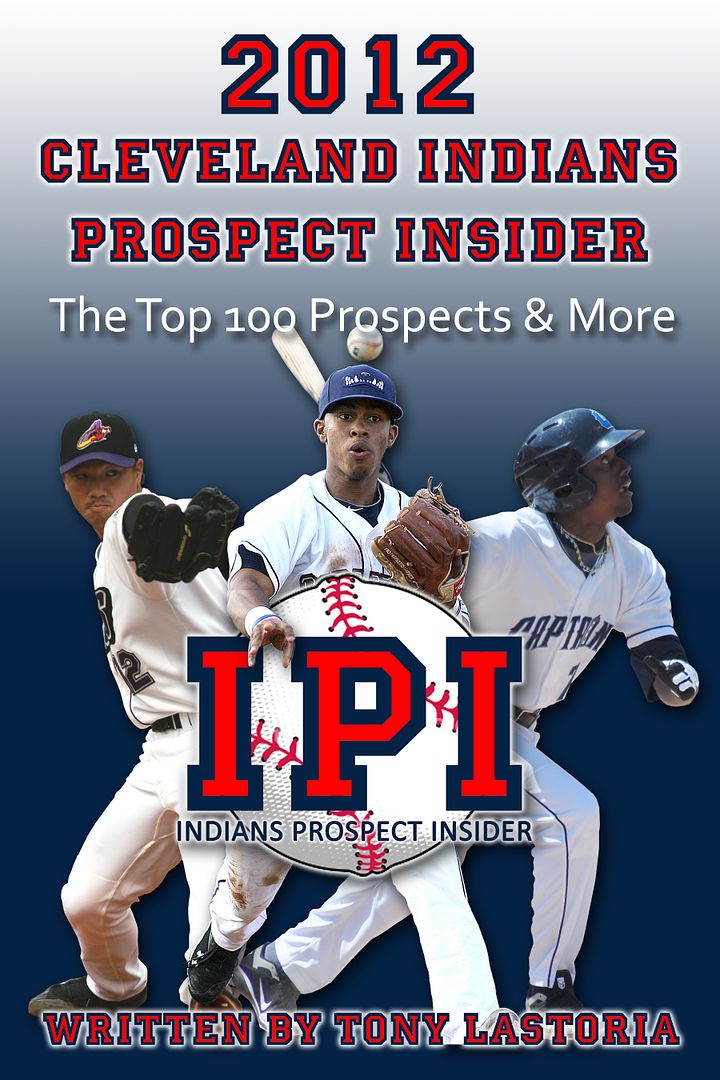
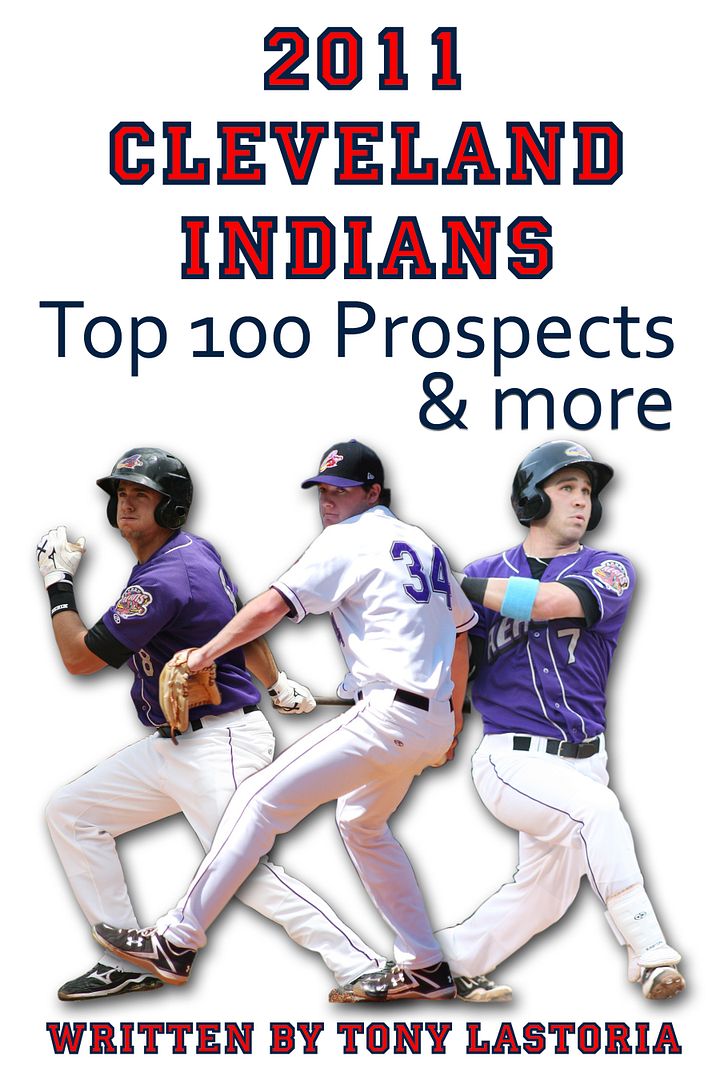
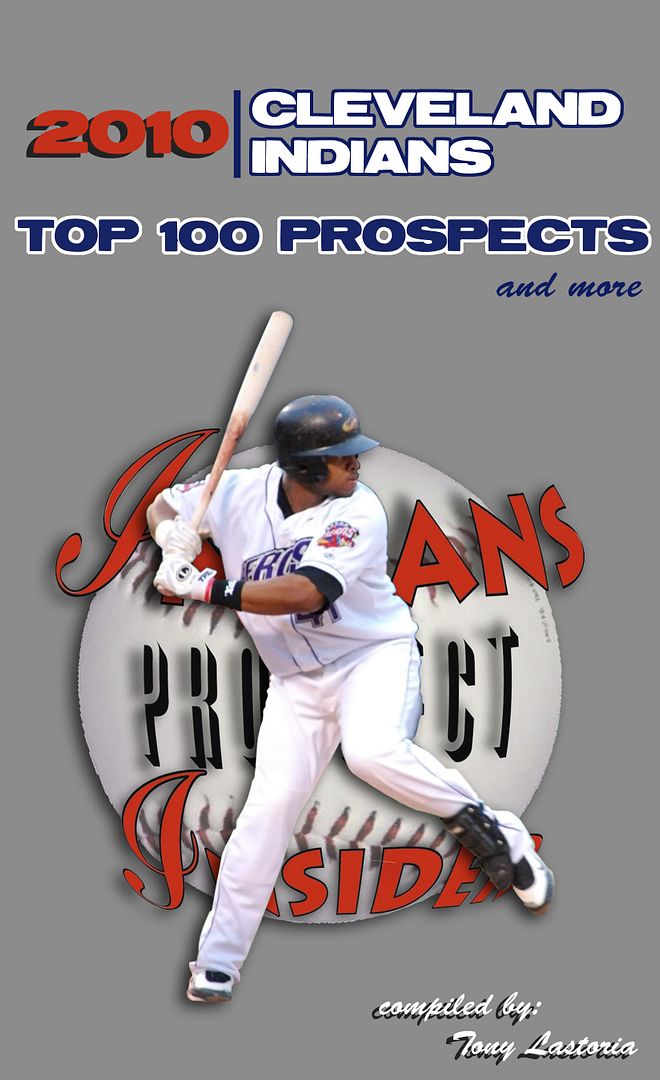
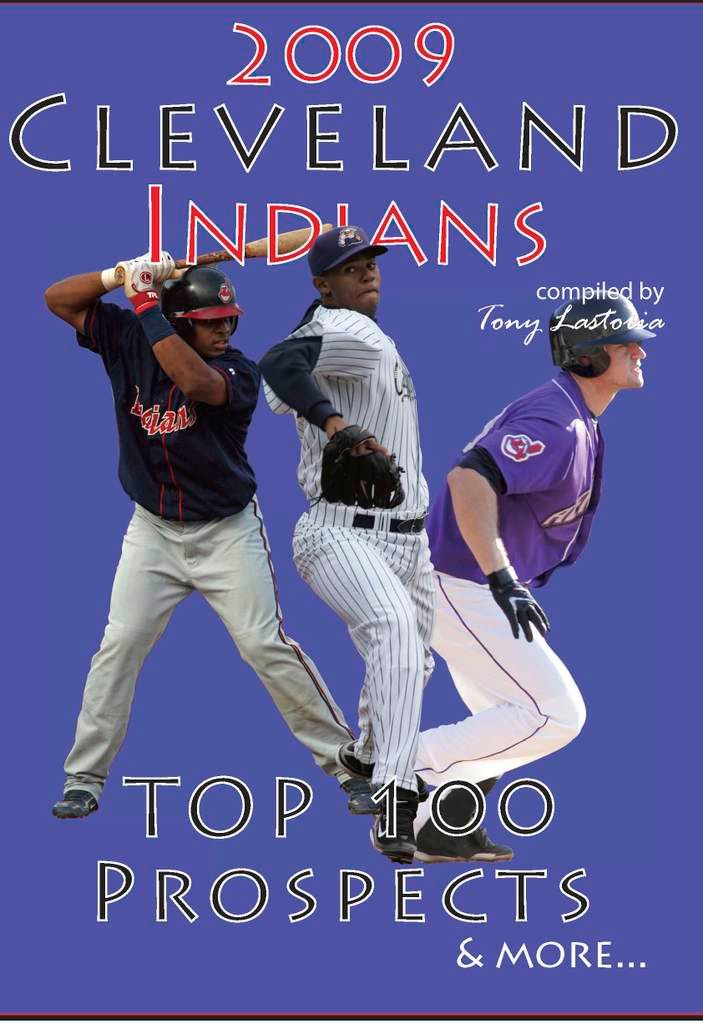
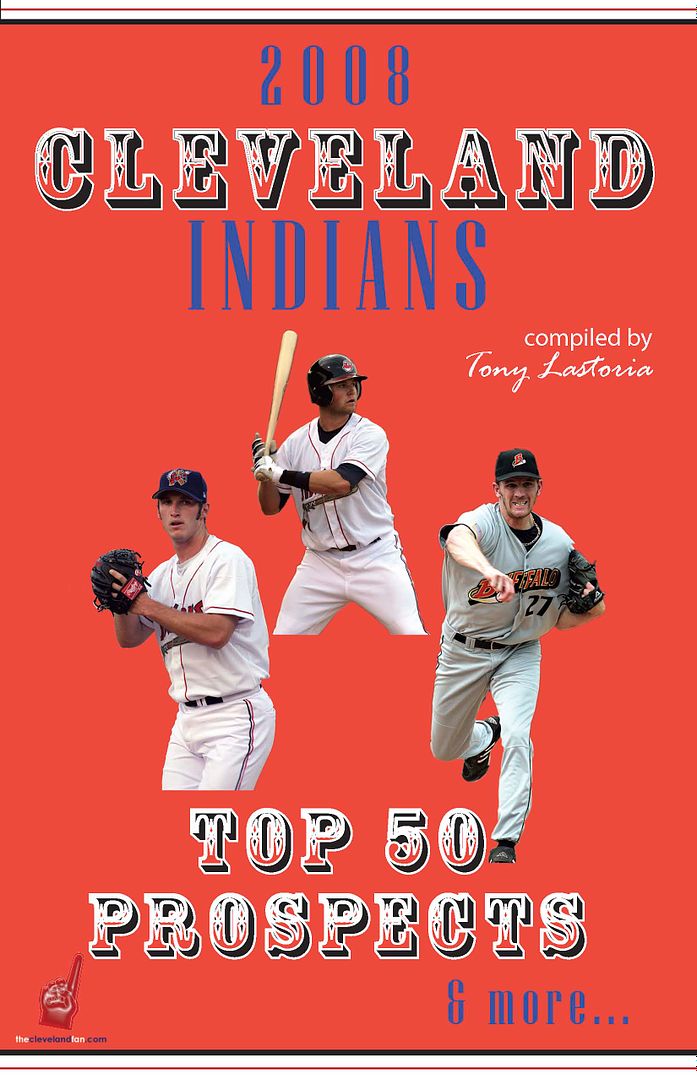
 Everything on this site is free, but for those interested in making any monetary contributions to help support the stability and growth of this site please click on the "Donate" button below.
Everything on this site is free, but for those interested in making any monetary contributions to help support the stability and growth of this site please click on the "Donate" button below.


1 comments:
Nice.
aka Ken from Alexandria
Post a Comment